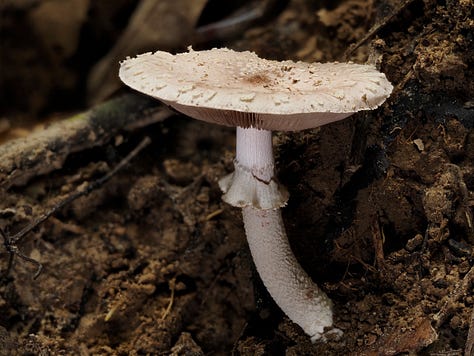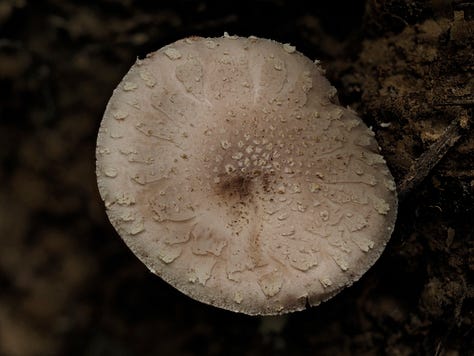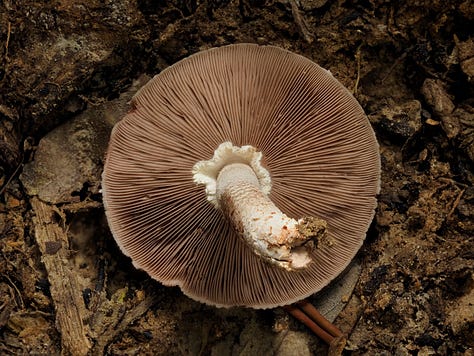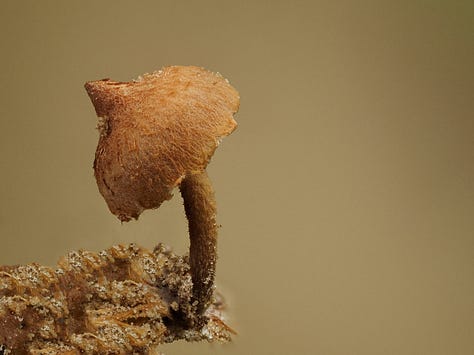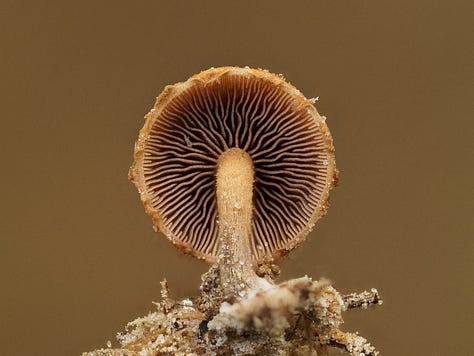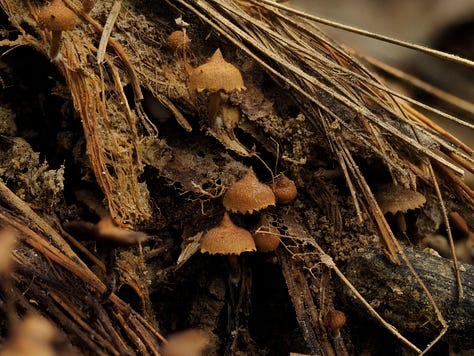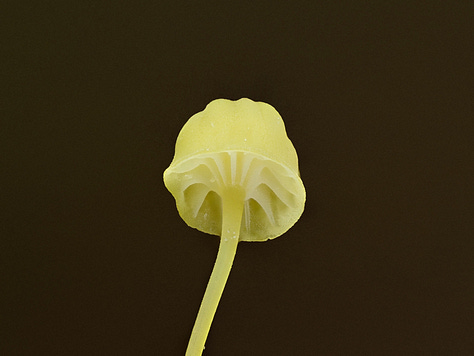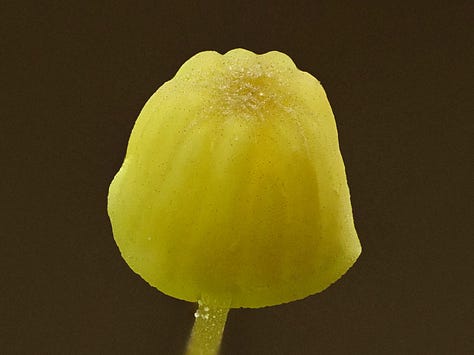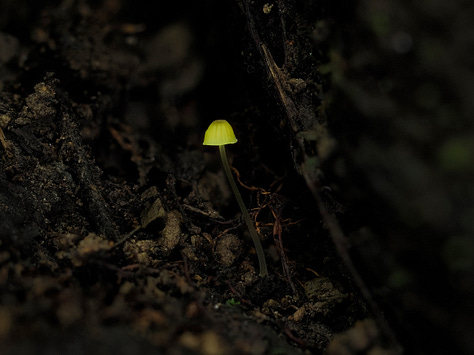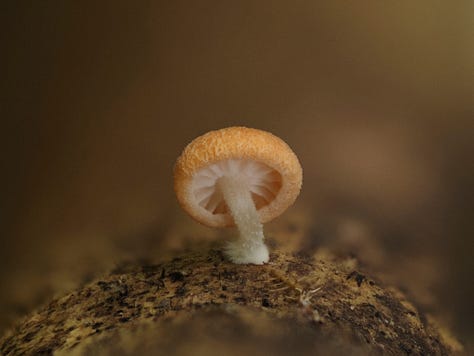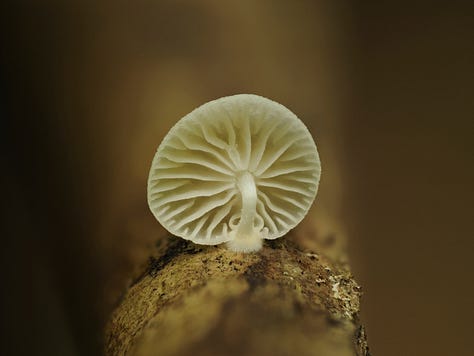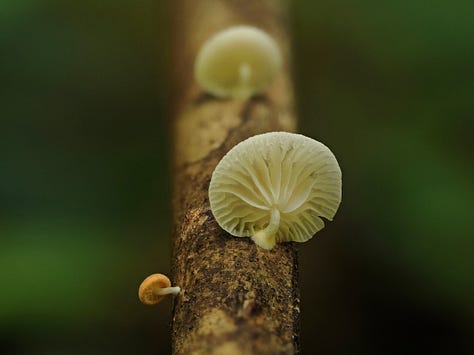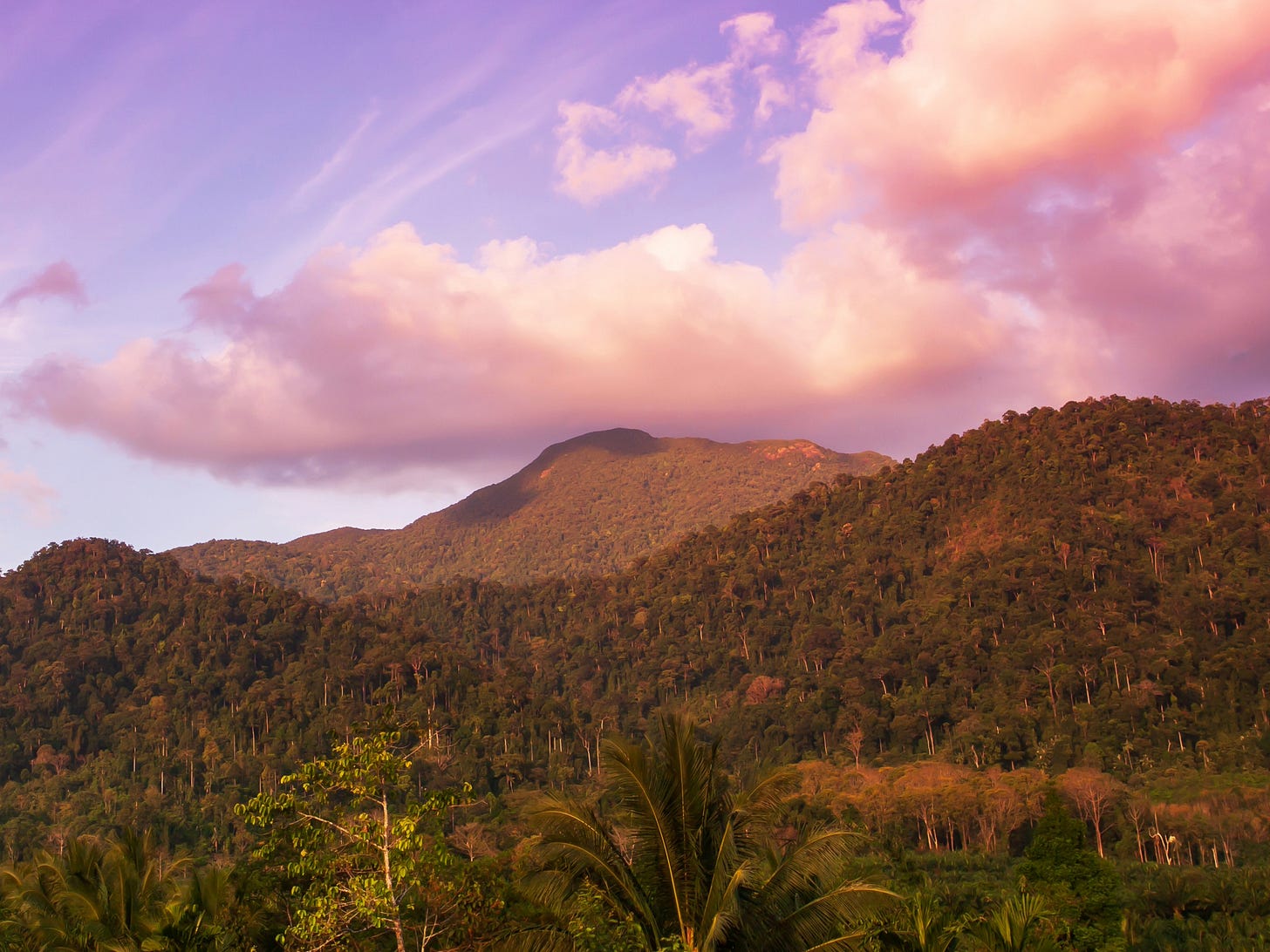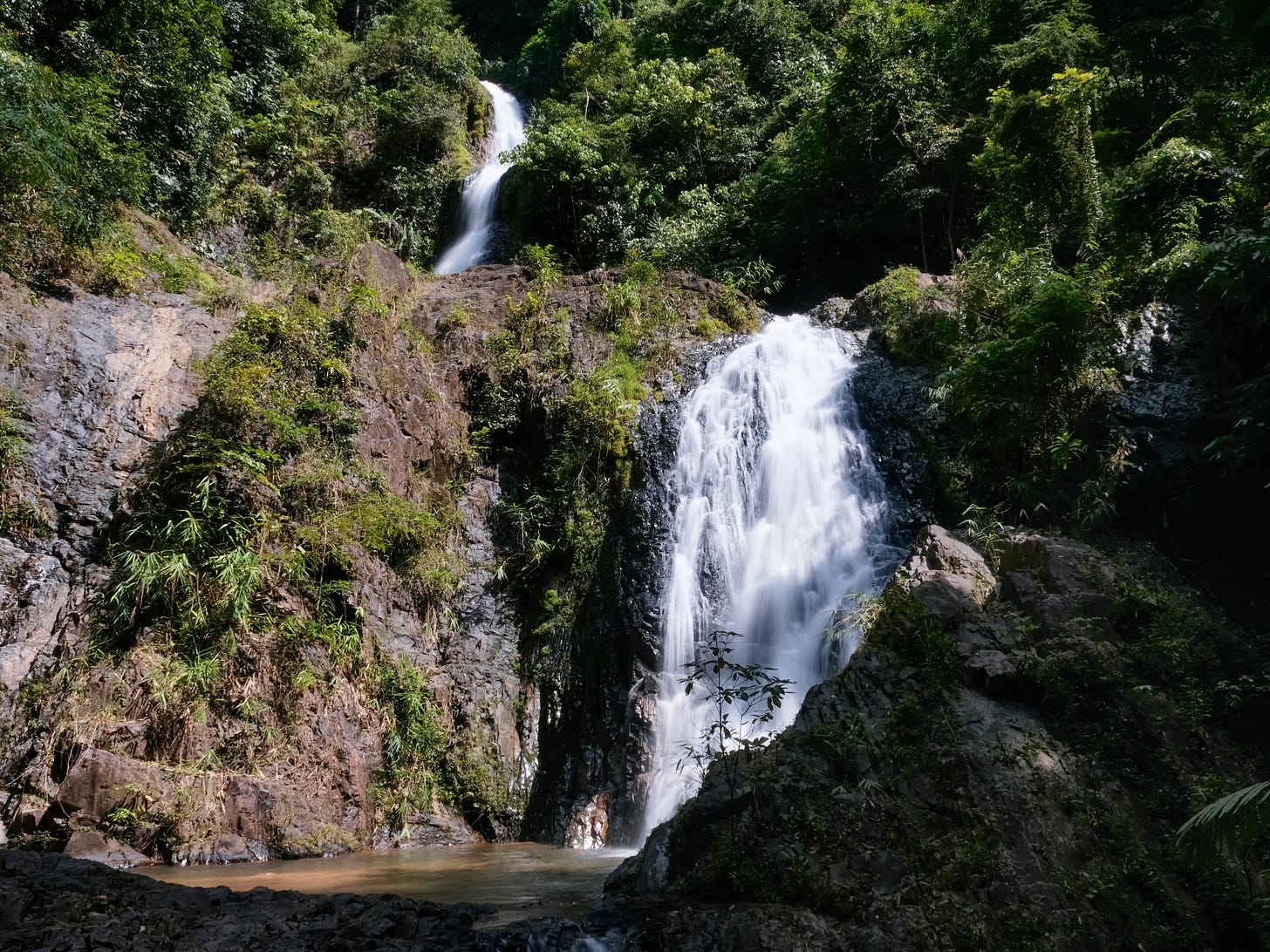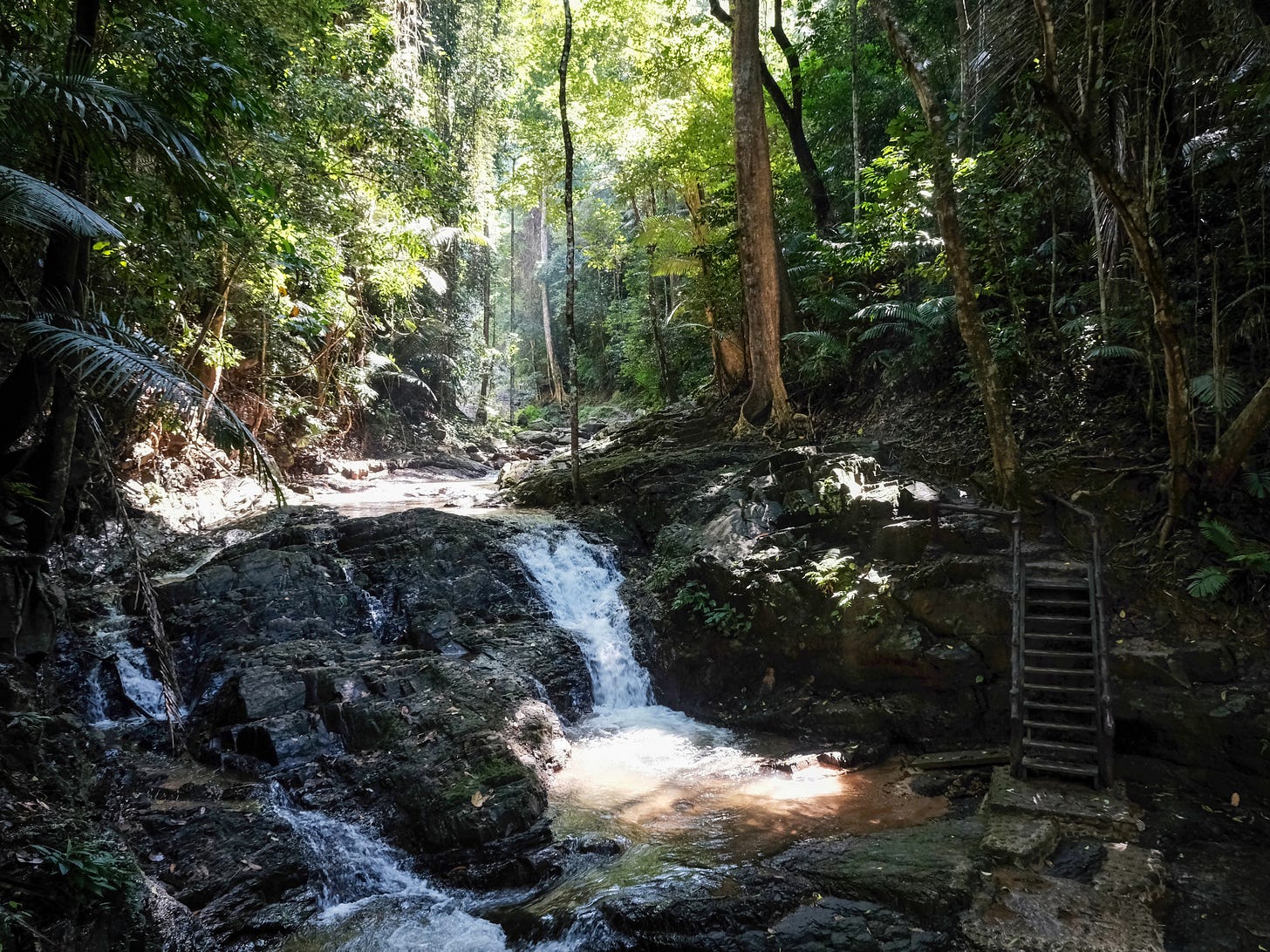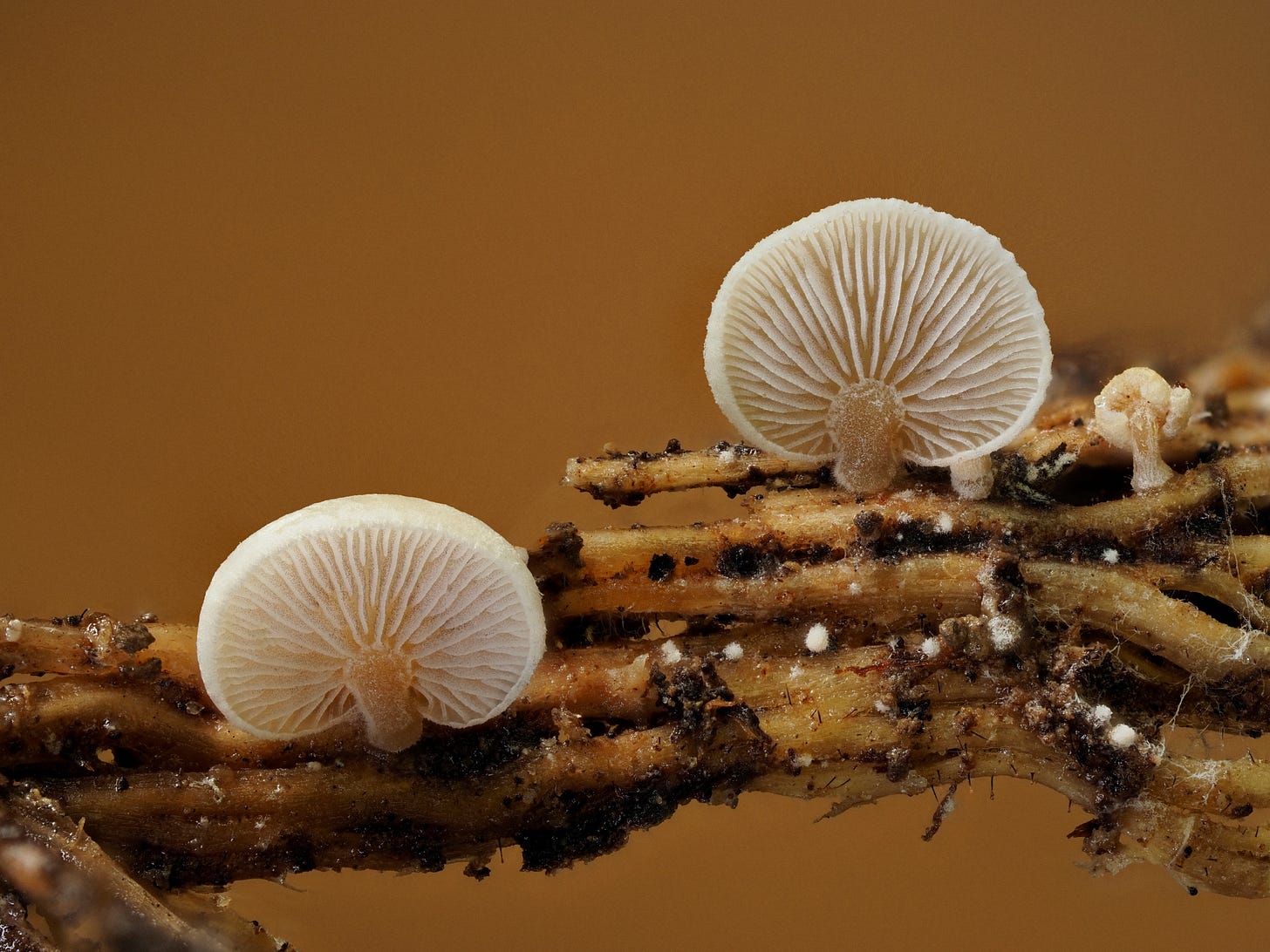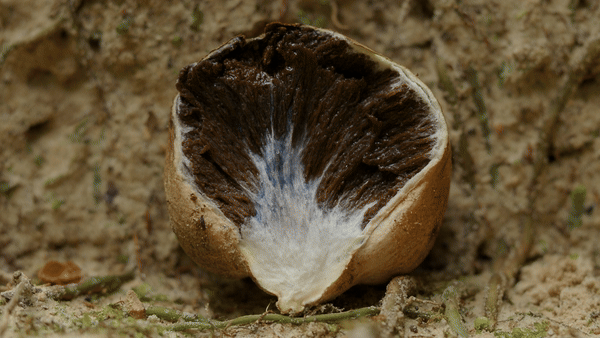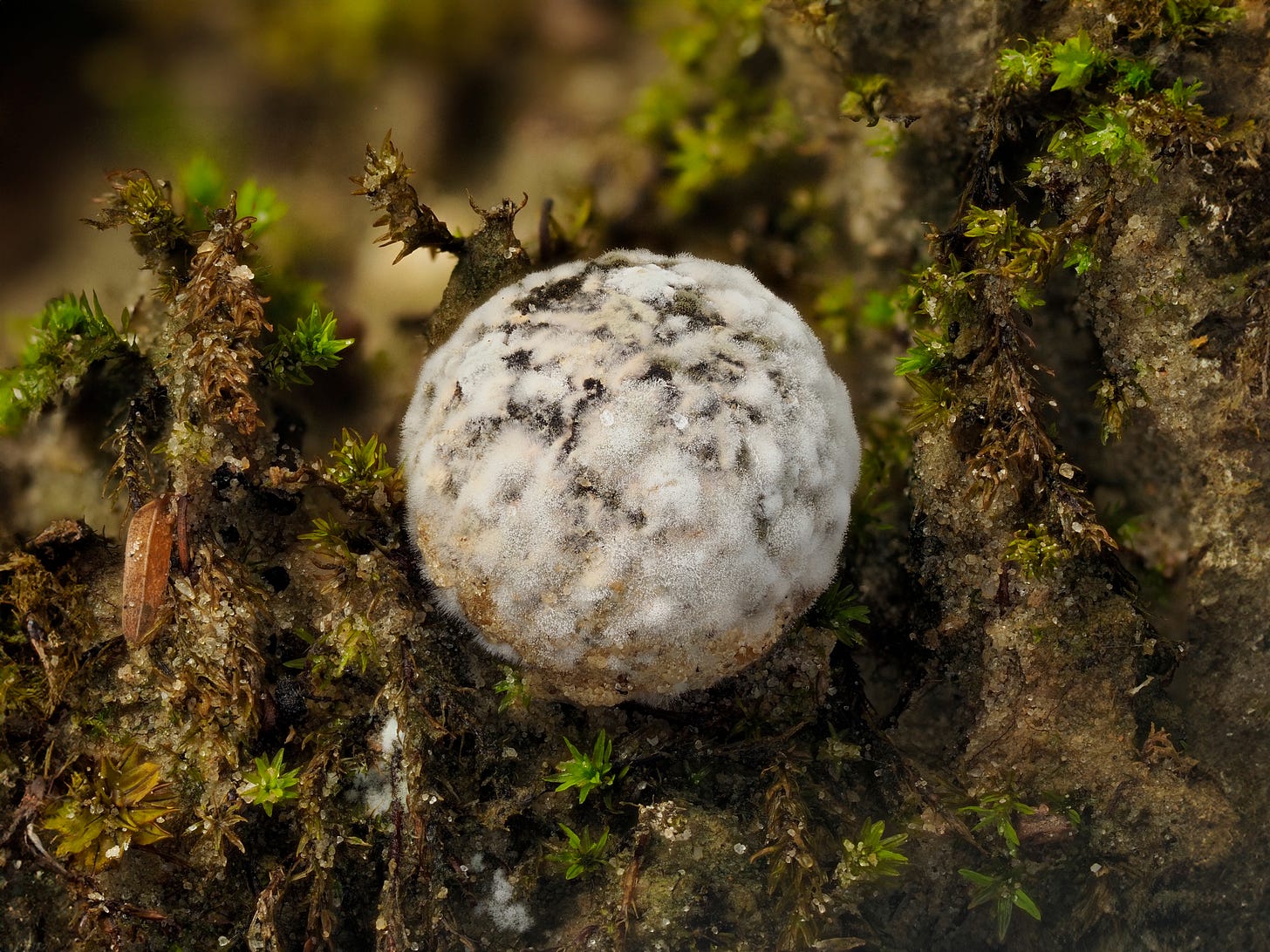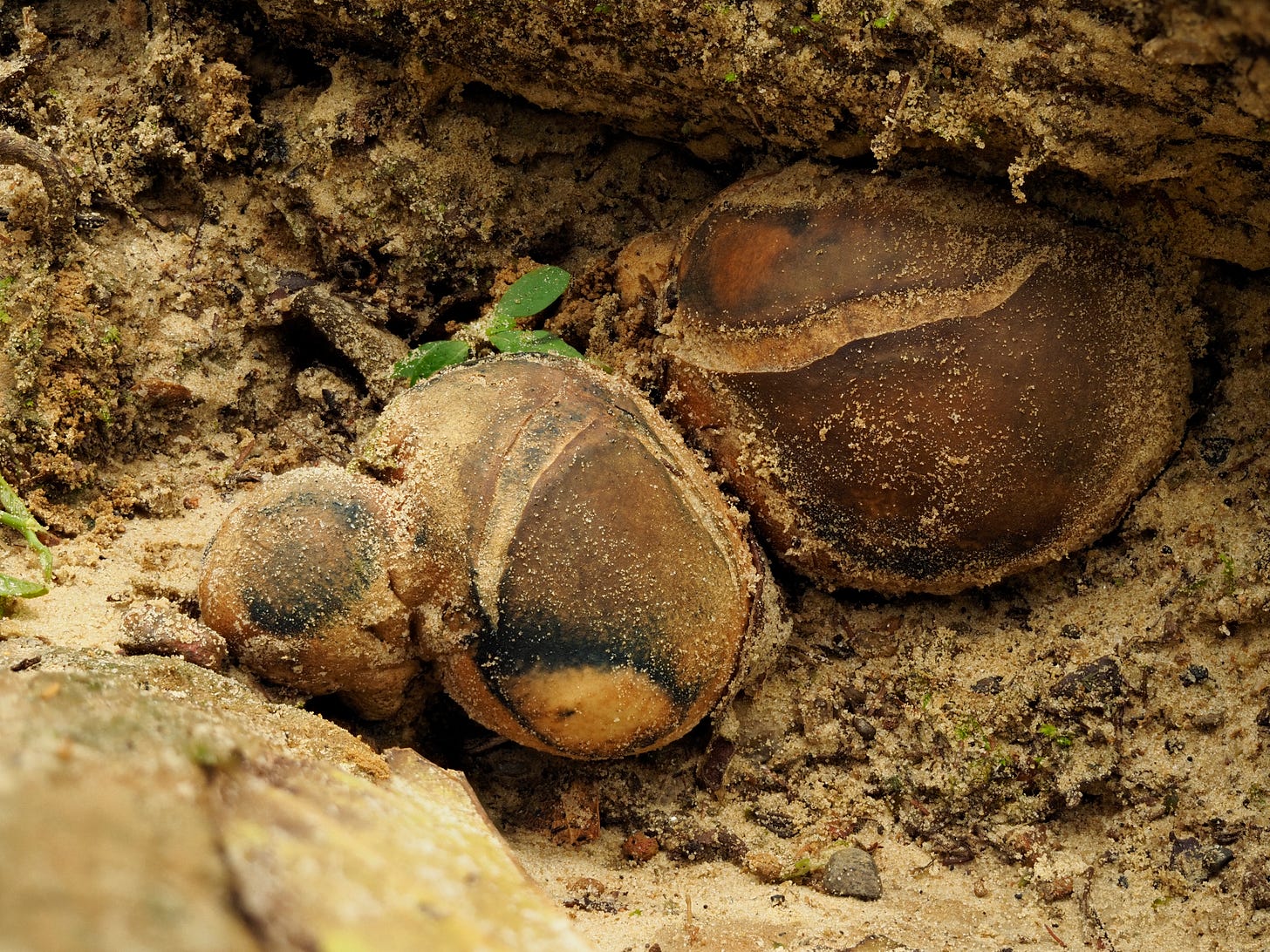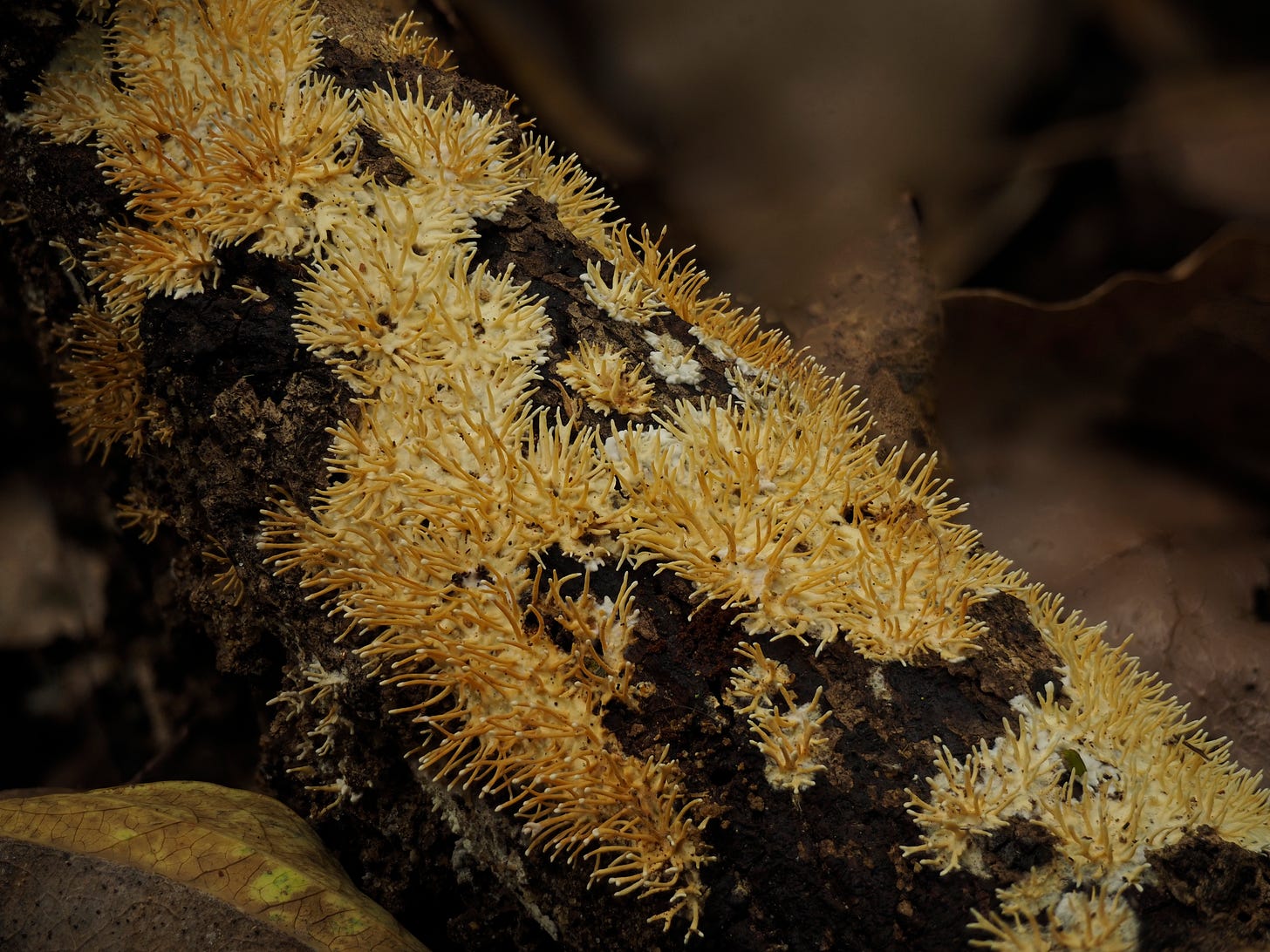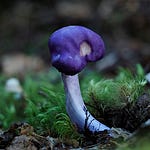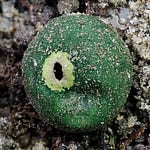After spending a few nights in Krabi Town, I rented a motorbike for a couple of weeks and loaded up my backpack with my clothes, laptop, camera gear, and toiletries. It’s amazing how little one truly needs.
A short 30-minute ride up north, and I was excited to be surrounded by greenery where the weight of urban life seemed to lift away, allowing for a deeper, easier breath.
A place on my radar was Khao Phanom Bencha National Park.
Established in 1981 and spanning roughly 50 square kilometers in Krabi Province, the park boasts stunning natural beauty and rich biodiversity. Its namesake, the majestic Phanom Bencha mountain, stands tall at 1,397 meters.
The park's lush tropical rainforest, rugged terrain, and numerous streams culminate in breathtaking waterfalls, notably the multi-tiered Huai To Waterfall.
The park’s climate is typically tropical, with a wet season lasting from May to December, and although I’m here at the end of January, I still managed to come across some interesting mushroom species.
I scanned the side of the trail along the stream up towards the waterfall.
In these damp conditions, I’m usually looking for cordyceps embedded in the soil or rotten logs, twigs, and foliage that host Mycena, Marasmius, and other tiny growths.
Among my finds were Panellus sp., or "Oysterlings."
Some species in this genus exhibit bioluminescence, a phenomenon I couldn't explore due to my preoccupation with removing persistent leeches, whose unerring ability to locate me continues to annoy me.
The trail turned to boulders, and a rope tied to trees meant to help hikers pull themselves up didn’t seem like fun, so I decided to turn back and explore more level ground.
I’m not a fan of too much uphill, steep hiking. I’m more of the slow-paced, minimal-effort, meandering sloth type. I’m here to foray, not “conquer” peaks!
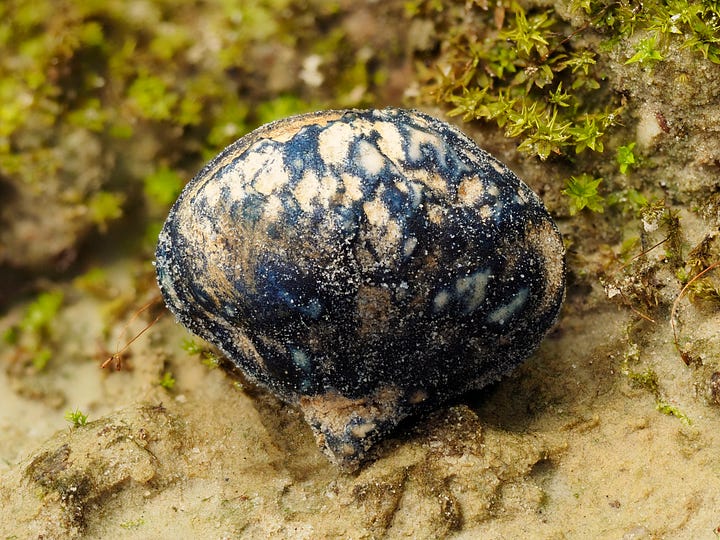
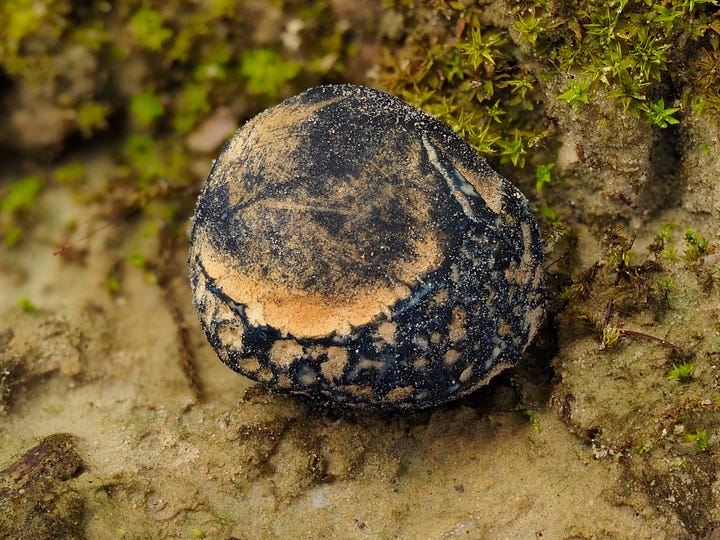
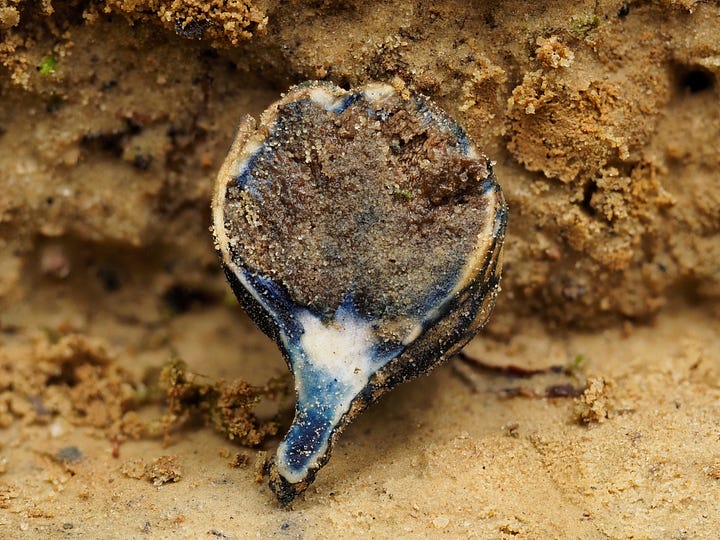
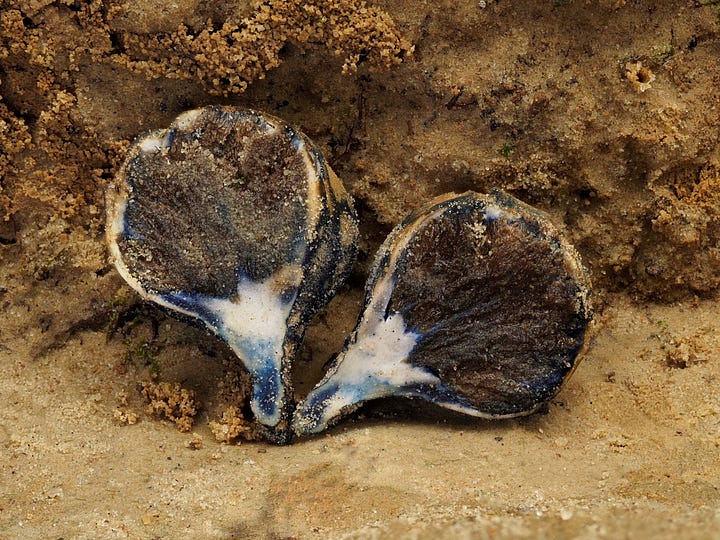
Near the entrance, I discovered some intriguing Chamonixia species, a type of truffle-like fungus in the Boletaceae family.
I noticed an interesting blue bruising on their skin and spent about 3 minutes recording a time-lapse video of the effect.
I also just found out I can upload .gifs, so I’m rethinking how I can share more reactions I come across. Sometimes, a still image doesn’t convey or show off exactly how cool the species is!
Remarkably, this was the first Chamonixia observation recorded for Thailand on iNaturalist.
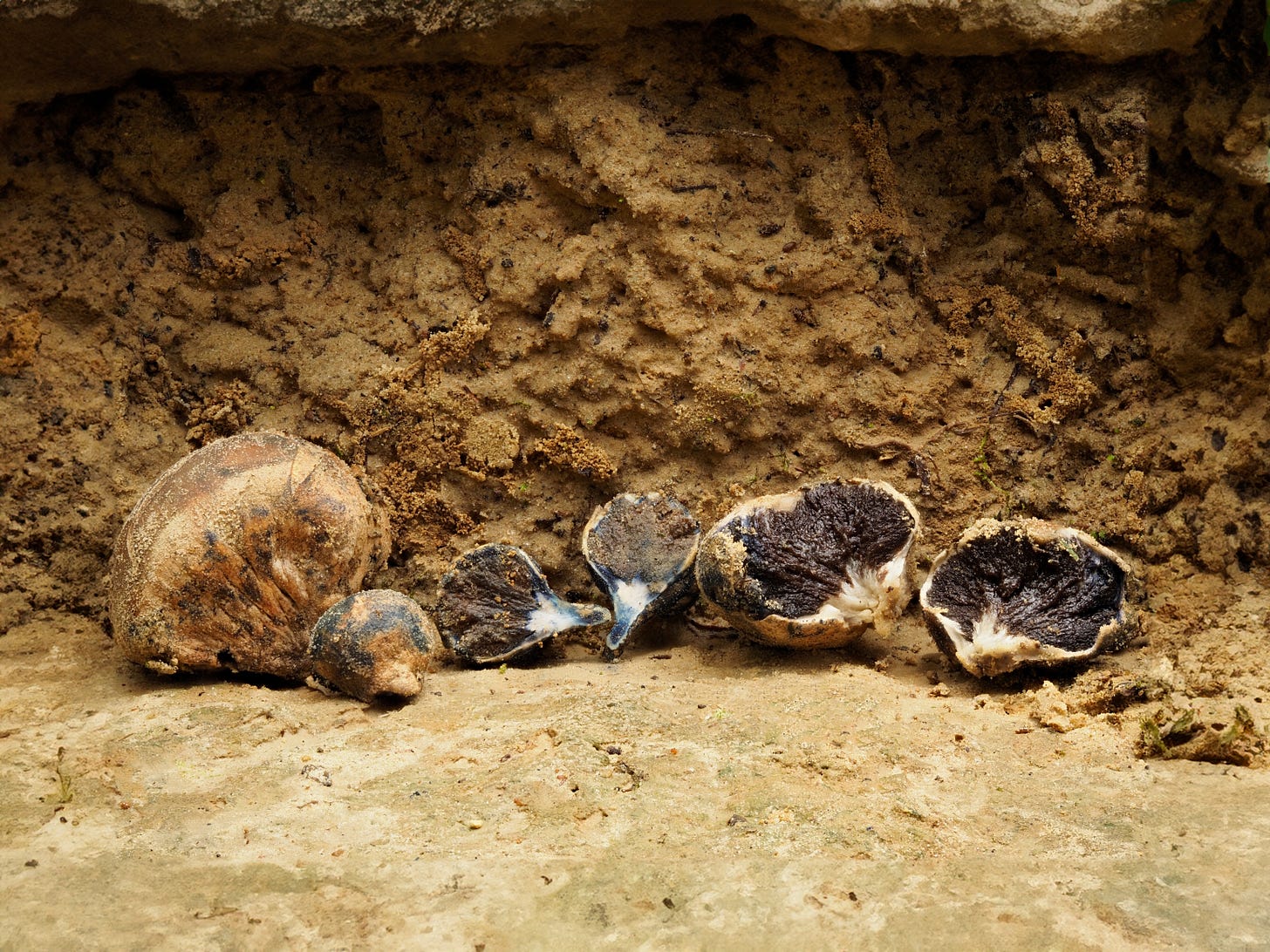
These mushrooms reminded me of the Durianella echinulata, or "Durian Mushrooms," I encountered in Kuala Lumpur or the Leccinum pachyderme, “Potato Fungus,” in New Zealand.
The blue staining, likely due to boletol compounds reacting with atmospheric oxygen, is a characteristic shared with certain boletes - and not indicative of psychedelic properties like psilocybin.
Some larger Chamonixia specimens resembled freshly baked bread, splitting open and emitting a fermenting, pickle-like scent when cut open.
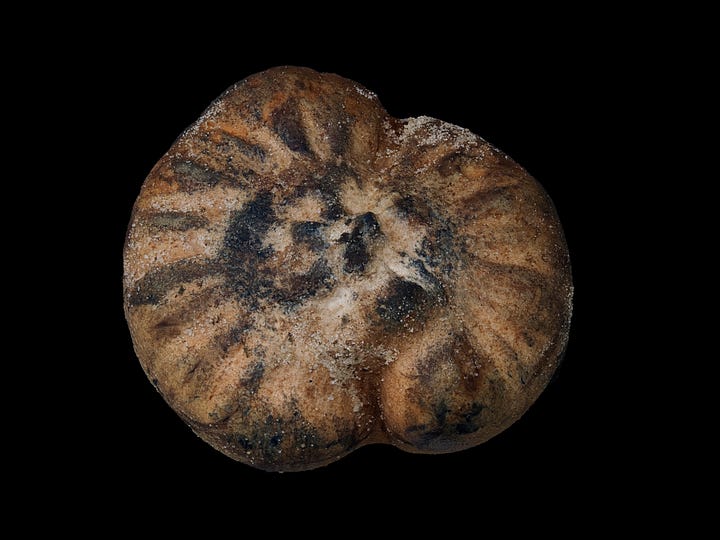
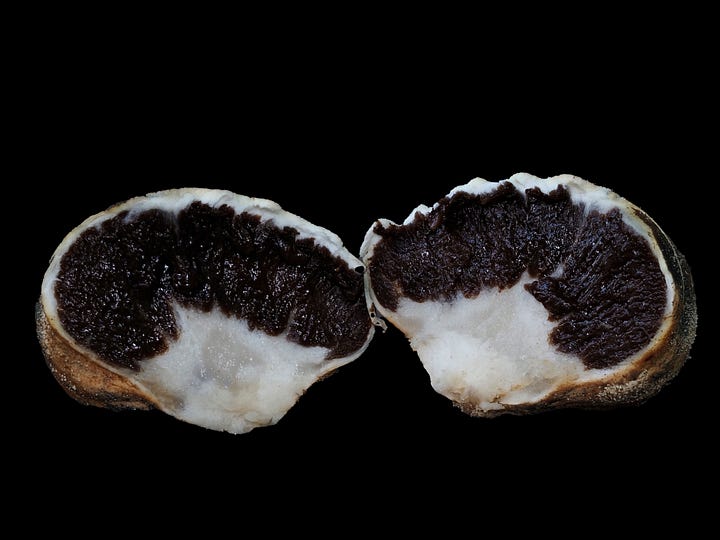
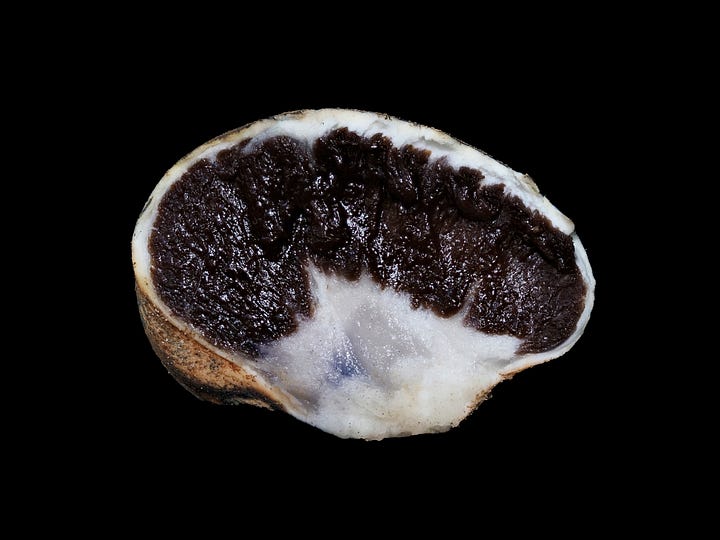
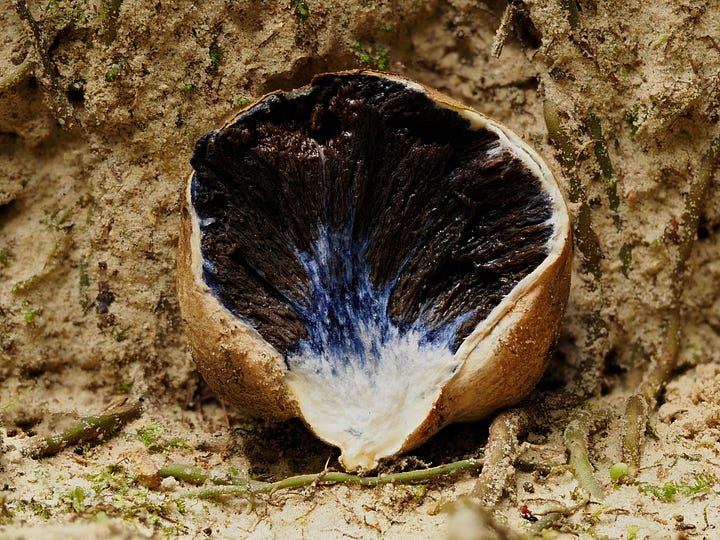
Further exploration yielded a bounty of Panus sp., the most abundant mushroom in the park.
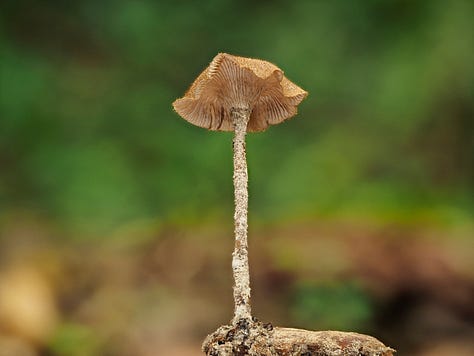
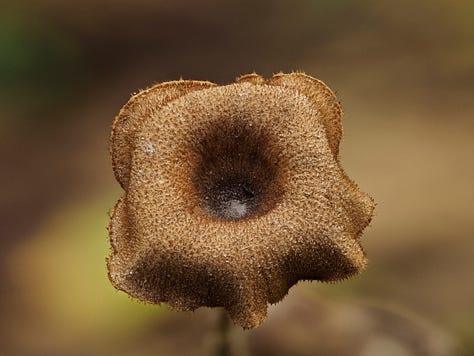
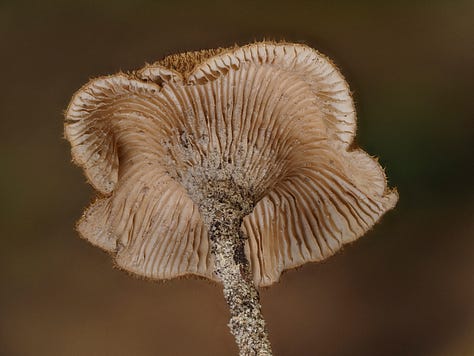
I made several fascinating fungal finds. Among them were a white, powdery species of Agaricus, a Deconica with distinctively pointed caps and purple spores, and tiny Mycena specimens featuring bright yellow caps and translucent stems.
I came across Marasmiellus species that varied in color from orange to white (young to mature), and I found Elmerina sclerodontia covering a log.
